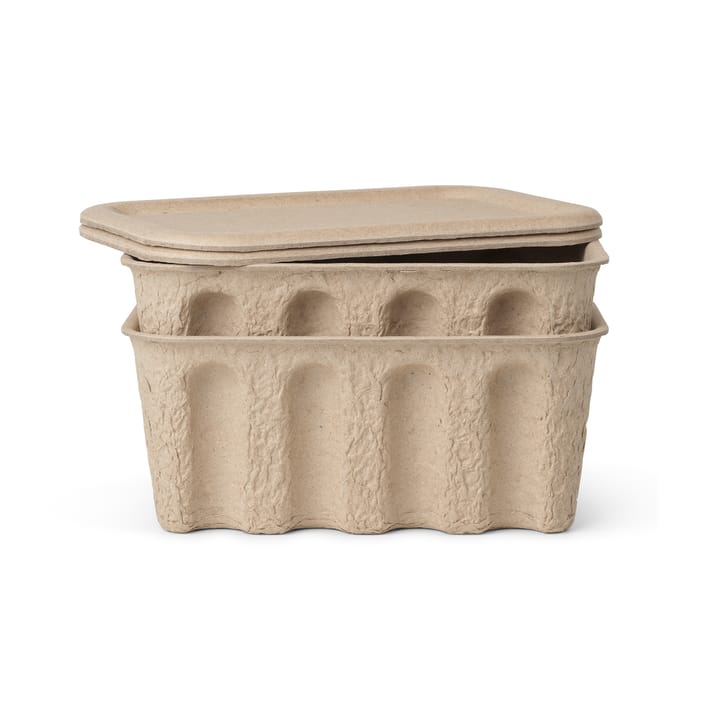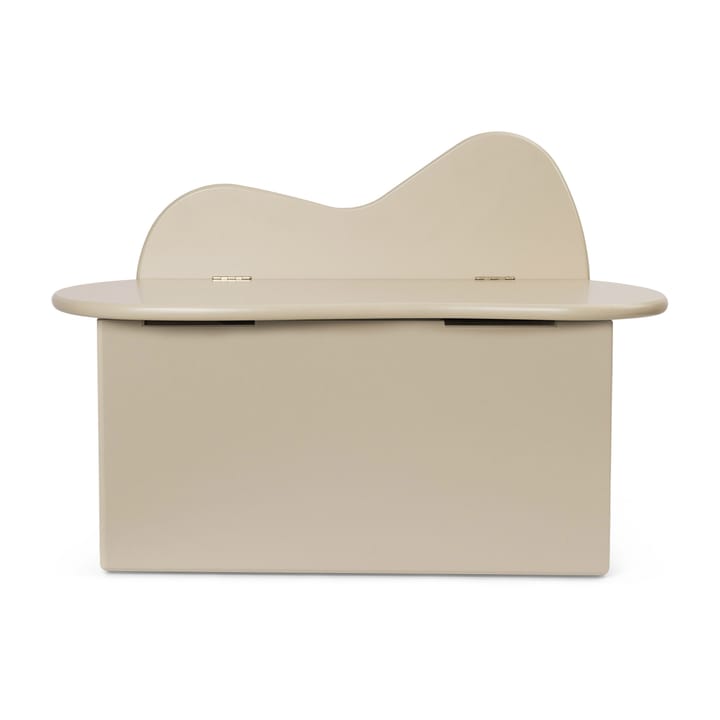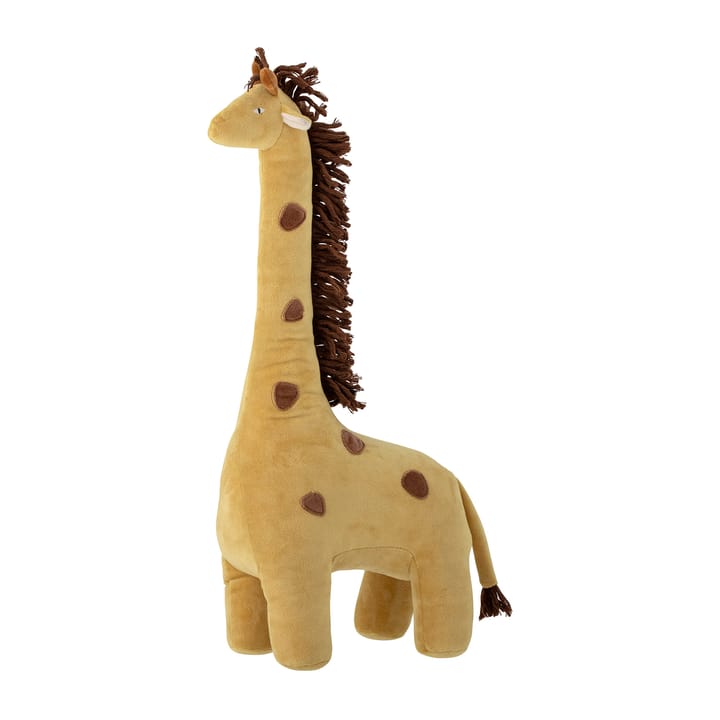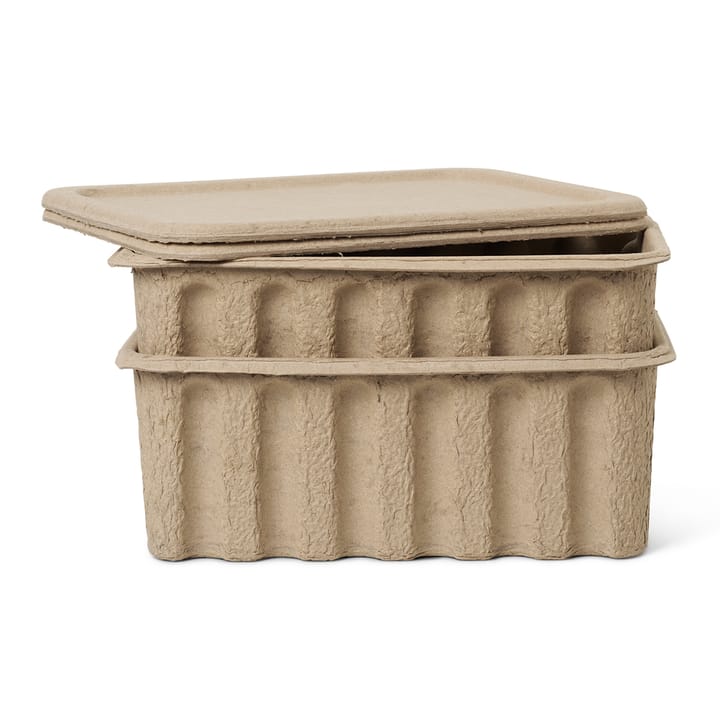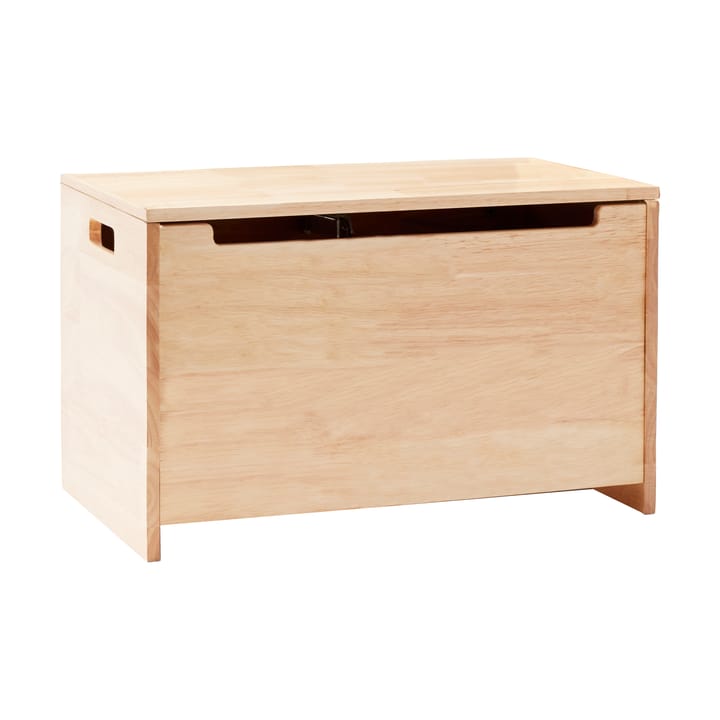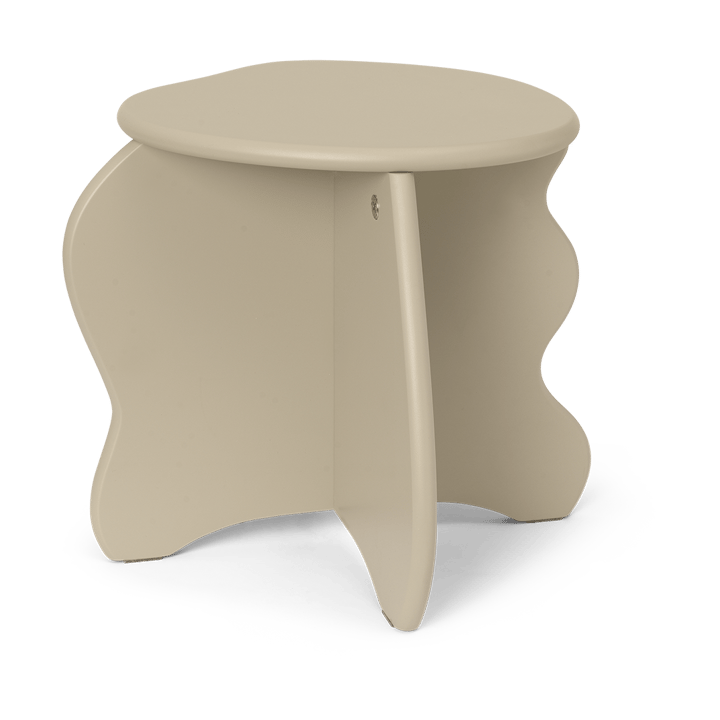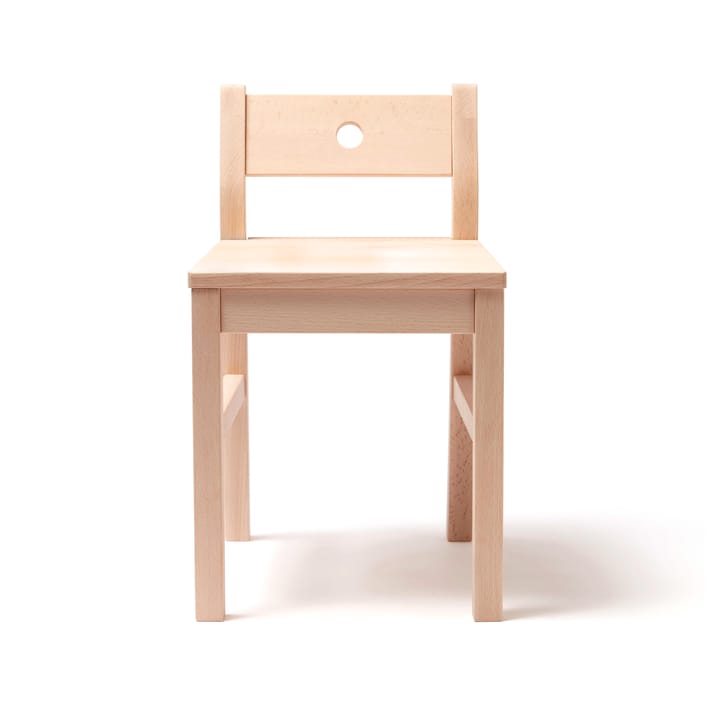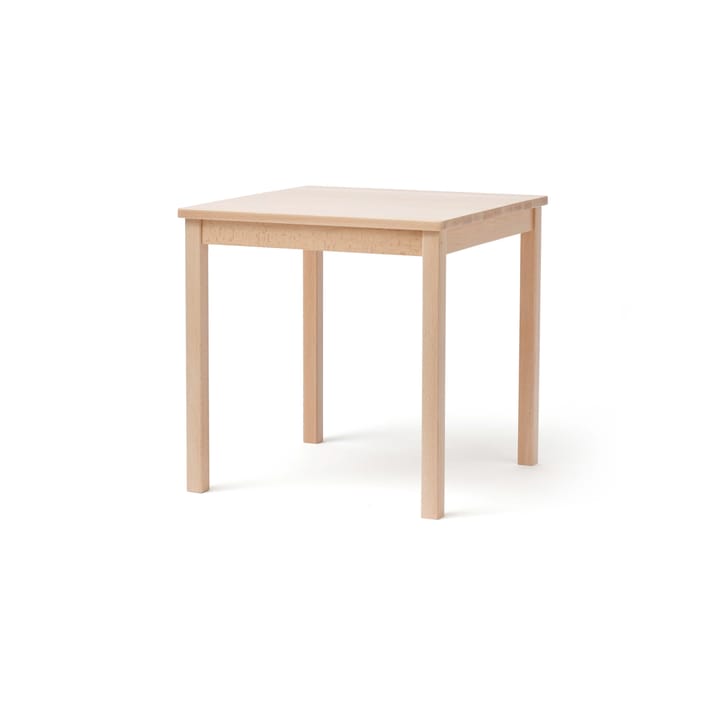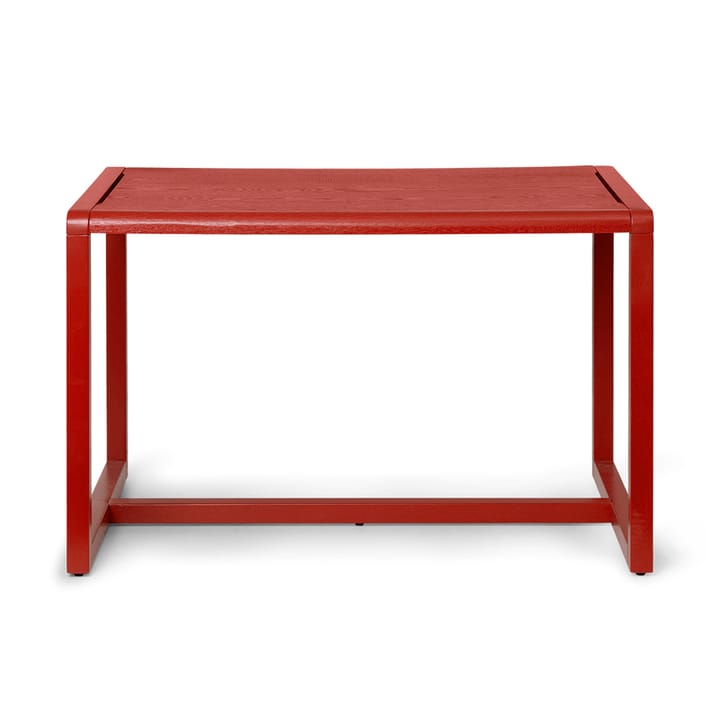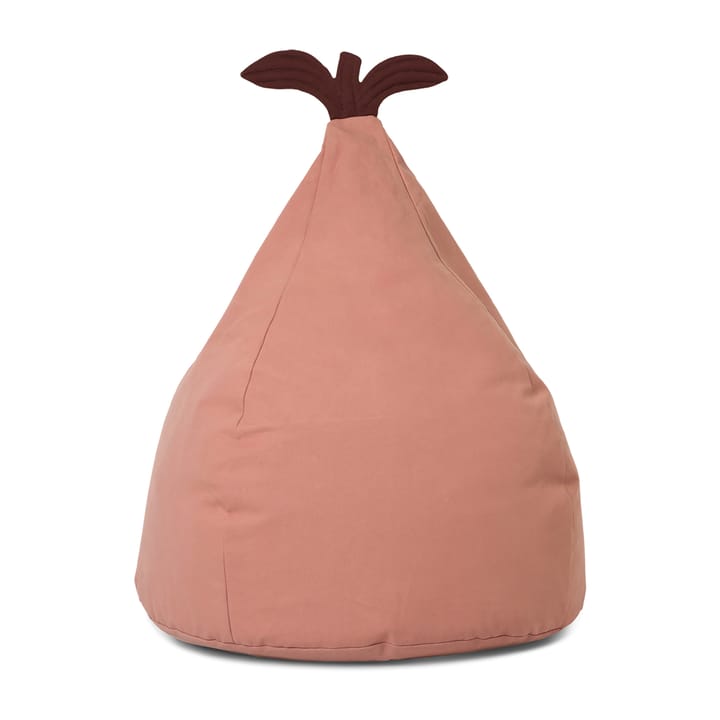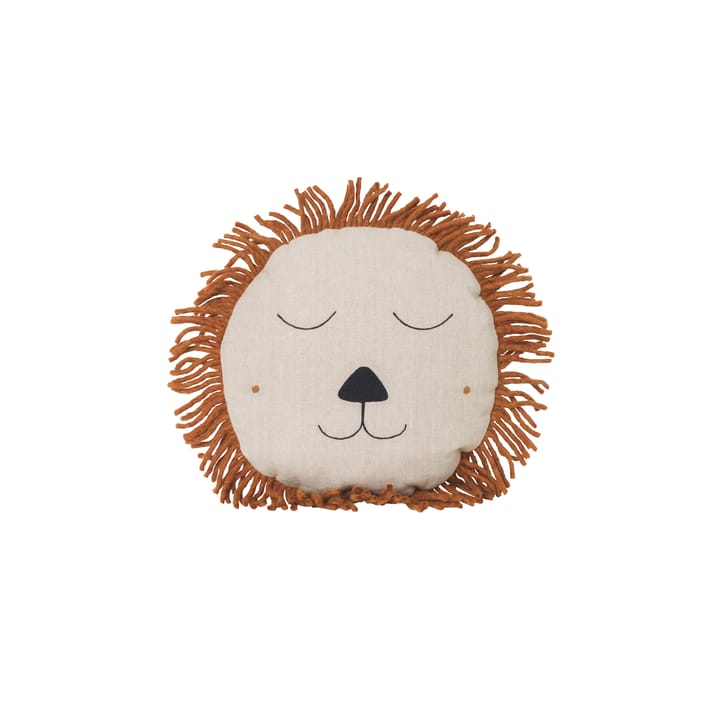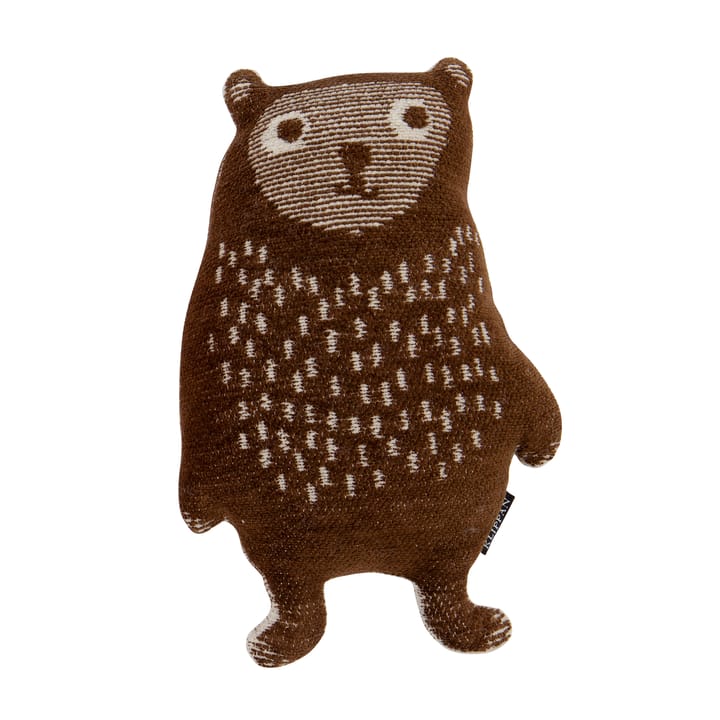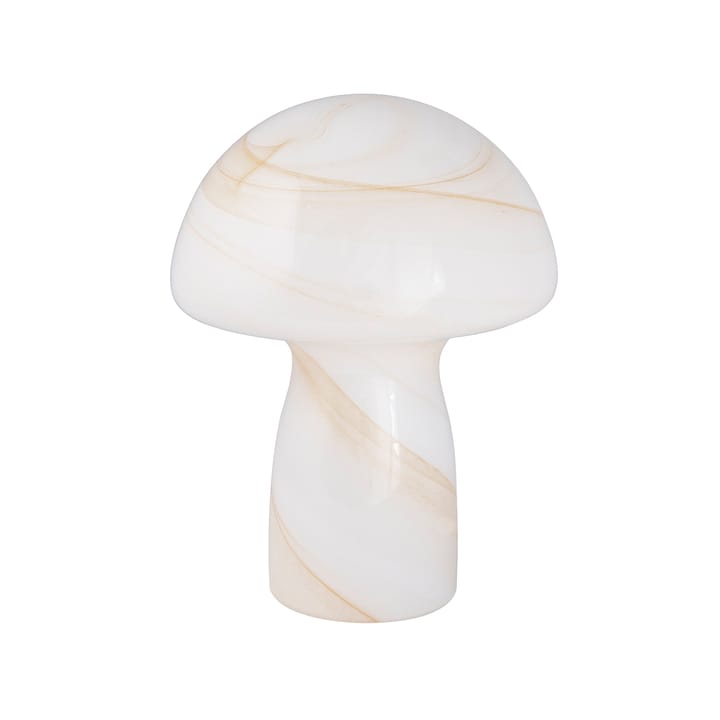FREE SHIPPING FOR ORDERS OVER $199
60 DAYS RETURN POLICY
5% OFF FOR NEWSLETTER-SIGN UP

Children’s bedroom ideas - 9 interior design tips for children's rooms
Children’s bedroom ideas – what should you consider?
Decorating a children's room should be fun! A place that invites creativity, play and cosy moments. But how do you go about it? We've gathered our best tips to make it easier and more fun to create nooks and crannies that children will enjoy and that become a place where they can create and play as well as relax and sleep.
- Decorate with colour
- Give your children’s room a personal touch
- Storage
- Practical furniture
- Maximize the space
- Create different areas for different activities
- Playful decorations
- Good lighting
- Cosy carpets

Set the scene for creativity with a space for crafting and play!
1. Decorate with colour - how to colour a child's room
Decorating with colour in children's rooms has a big impact on how the room is perceived; colours can energise and encourage play and creativity but can also create a sense of calm. Here's a tip: let your child help you choose one or more of their favourite colours to make the room really feel like theirs. The colours don't necessarily have to be on the walls but can just as easily be in details such as furniture, textiles or details. To make colour selection easier when decorating children's rooms, you can use this breakdown:
- Base colour: The colour used on larger surfaces such as walls, floors or larger furniture.
- Complementary colour: The colour used on carpets, curtains, lamps and storage.
- Accent colour: The child's favourite colour that can appear in cushions, paintings and toys. This colour is the easiest to change if your child’s favourite colour changes and they want a new style in the room.
2. Let their personality shine
As well as decorating children's rooms with colour, it's also important to let their personality shine through. Perhaps there is a theme or interest that the child particularly likes? Let this come out in the details and get the child involved in how the room should be designed, it will be nothing but a success and create a children's room that you love to be in.
3. Storage – bring order to your children's room
When it comes to decorating ideas for your children's room, good storage is rarely something you can have too much of. It's good to plan different types of storage solutions in the room right from the start. In addition to larger furniture such as a wardrobe, chest of drawers and bookshelf, hooks and stylish storage boxes are the perfect additions to help keep their room in order. By using both open and closed storage, large toys and gadgets can be left on display while all the little things and crafts can be stored in nice boxes or baskets.
To make it easy for children to keep their room organised, it's important to have storage facilities that are easy to reach, so adjust the height of shelves and hooks to the right height for things that are used regularly and a little higher for things that are only used occasionally. Use smaller storage drawers or boxes so that your children can easily carry and pick out the items they want. To meet the storage needs of your children's room, consider the following:
- Use lots of smaller storage baskets or boxes that are easy for children to take out and put back and where it's easy to see what's inside.
- Use the walls to hang things on to free up floor space for play.
- With the right storage, children can easily learn where their toys belong, so providing a designated place will help with the routine of putting things away and practising organisational skills.
4. Practical and durable children's furniture
When it comes to decorating ideas for your children's room, it is wise to choose a neutral base that can last as they grow, the same motto applies to children's furniture. Choosing good quality children's furniture is important as it should be able to withstand play and use without breaking, the furniture can also be passed on to the next generation where it can live on. Wooden children's furniture is recommended as it has high durability both in terms of quality and style and is also easy to renovate when needed.
When decorating a children's room, it is also important to meet the child's needs and interests. The room should inspire both play and quiet moments. If your child likes to do arts and crafts and draw, perhaps a small table and chair is something to prioritise, or if reading books is an interest, perhaps a smaller sofa or pouf is perfect. What is important to keep in mind is to furnish with children's furniture as these are ergonomically designed for children and also take up less space than regular furniture.
5. Maximise the floor space
Deciding where to place furniture in a children's room can sometimes be tricky, especially if it's a smaller room where space is limited. The important thing to remember is to allow space for play, try to not over-furnish the room. To maximise play space, one tip is to furnish along the walls and let a soft, large rug occupy the centre of the room - an empty space that invites play and room to build worlds out of blocks, do puzzles or even somersaults.

Keep the centre of the room free from furniture so your child has space to play.
6. Create different spaces around the room
One of our favourite ideas for a children's room is to create different spaces within the room itself. Think small stations with different functions - each station encourages creativity and curiosity. This could be a play tent with cosy cushions for reading books, a small low table with chairs for crafts and games, or a corner where a toy kitchen invites you to play fun games. These small rooms can be changed and remodelled over the years as your child grows and develops new interests. So, think of several small rooms when you're decorating a child's room, it's guaranteed to result in a place that offers everything your child likes.
7. Playful decorations for the children's room
Decorations are all well and good, and of course it's nice place some small accessories to brighten up the children's room and reinforce the style and theme, but we think it is best to use decorations that are also toys so that the trinkets your child's room is filled with are also put to use.
- Place toys that match the colours of the children's room on display; it will be decorative as well as practical.
- Charming soft toys, wooden blocks and board games are also nice details to decorate with.
- Soft and cosy textiles in the form of cushions and throws make the room cosy and can also be used for cosy and restful moments.
- Playful storage in the form of storage baskets, drawers and boxes are perfect for decorating and also have a function.
8. Lighting for the children's room
It's no secret that Lighting is important for creating a cosy home, and the children's room is no exception. A children's room needs between 5-10 light points. The light points are necessary for both feeling and function but are also an important detail when it comes to style.
- General lighting - ceiling lamps are essential to get a good light over the whole room, choose a light source that gives a soft, warm light or a lampshade that spreads the light pleasantly.
- Functional lighting - Some form of directional lighting such as a table lamp or wall lamp is good to have on the desk for crafts but also next to the bed for reading books in the evenings.
- Decorative lighting - When you want a more subdued, cosy atmosphere in the children's room, it can be good to have light sources that complement the ceiling light. A window lamp, a portable lamp in the bookshelf or light strings to hang anywhere are perfect light points for this purpose.
- Night light - this lighting option is perfect for little ones who don't want to sleep in a completely dark room, a night light provides a cosy, diffused glow that gives a safe feeling in the room and is also a nice detail to decorate with.
9. Create soft play areas with a rug
Another important detail when it comes to decorating children's rooms is children's rugs, a soft and comfortable rug that both young and old can sit down on for play. A rug, just like other textiles, helps to dampen sound and also becomes a warm and inviting place to be. Here you can choose to invest in a more stylish model or choose a playful design, regardless, a rug in the children's room is an important part of creating a cosy and welcoming environment.
Would you like more inspiration for your child's room?
Photos: Elof Martinsson, Ferm Living, OYOY, Kids Concept



